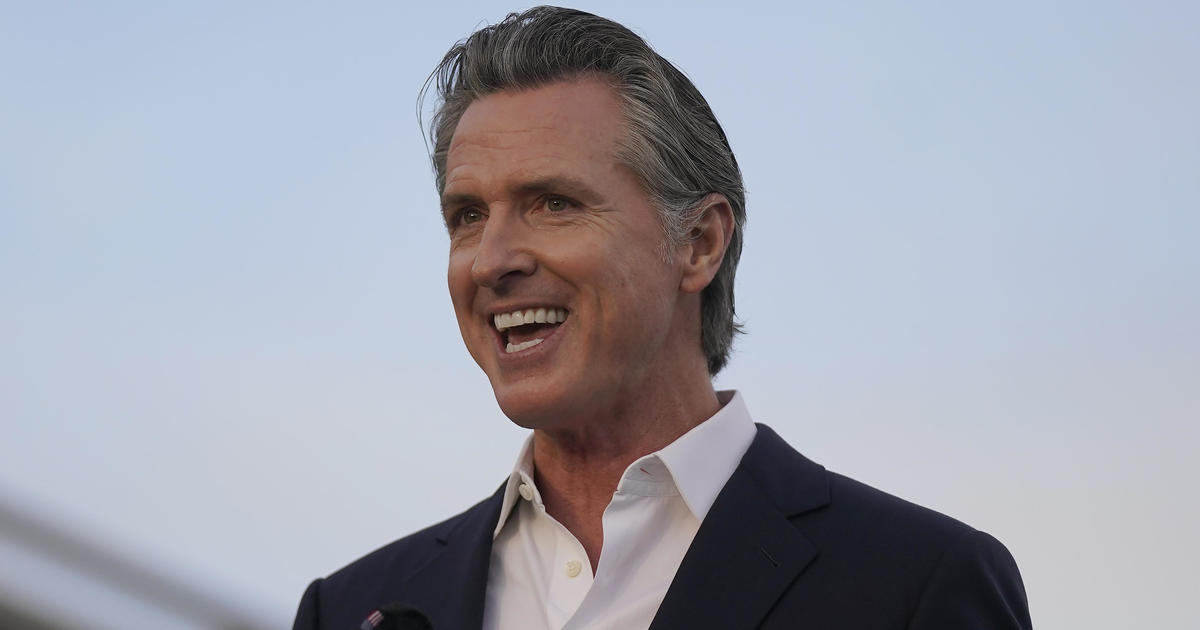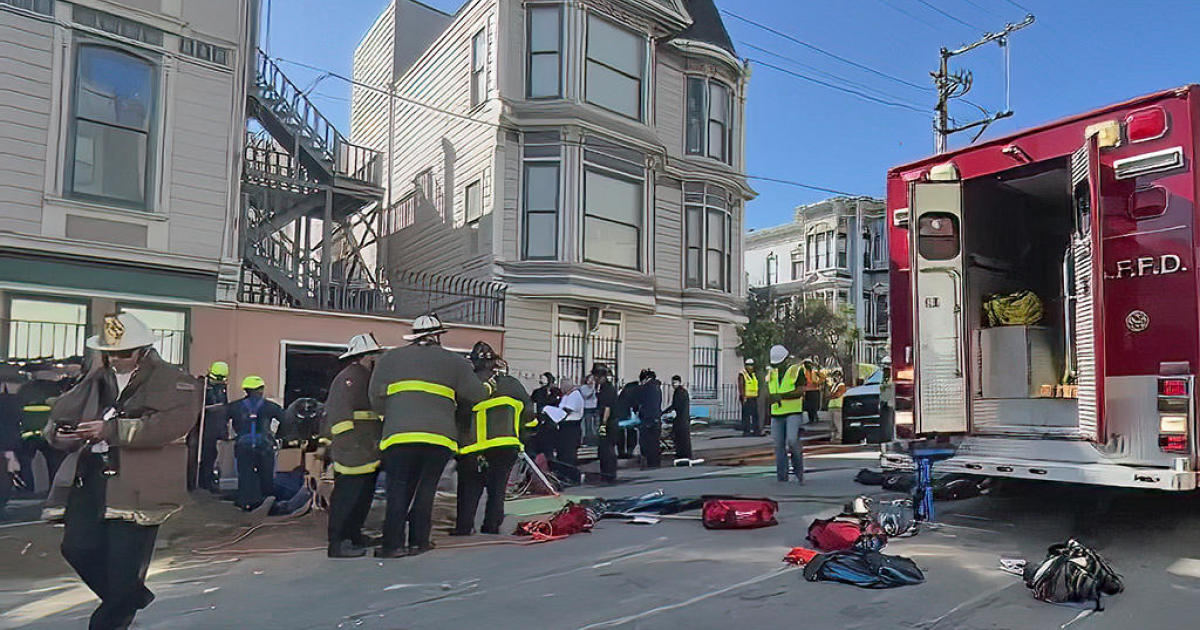Gov. Newsom Proposes Kindergarten for 4-Year-Olds in Education Spending Plan
SACRAMENTO (AP) — All 4-year-olds in California could go to kindergarten for free under a new proposal from Gov. Gavin Newsom's administration, part of a broad new education spending package made possible by the state's surprise budget surplus.
That surplus means California will have $93.7 billion to spend on public education this year, money calculated by a voter-approved formula. That's $36 billion more than the state had to spend last year, and it is $17.7 billion more than the governor's initial estimate in January.
Newsom will announce on Wednesday that he wants to spend part of that money to expand the state's transitional kindergarten program to all 4-year-olds by the 2024-25 school year. Details of the plan were provided by an administration official who spoke on condition of anonymity because the plan had not yet been formally announced.
"It's really acknowledging how important schools are in our everyday life," said Assemblyman Phil Ting, a Democrat from San Francisco and chair of the Assembly Budget Committee. "For many families, schools are a place where they get food, they get health care, they get social services. It's acknowledging that schools are no longer a place where we just get educated, they're really a community hub for many of our neighborhoods."
Newsom and the state's legislative leaders originally thought California would have a massive budget deficit this year because of the coronavirus pandemic.
Legislators and Newsom had approved a budget last year that raised taxes and cut spending to cover that shortfall, including delaying more than $12.5 billion in payments to public school districts.
But the shortfall never happened. The pandemic mostly affected lower-wage workers, while those with higher salaries kept their jobs and kept paying taxes. Combined with a surging stock market and the state's progressive tax structure, Newsom announced Monday that the state would have a $76 billion surplus.
The surplus is good timing for Newsom, who will face a recall election later this year fueled by anger over his handling of the pandemic. This week, Newsom has announced a bonanza of new spending proposals, including returning $8.1 billion to taxpayers in the form of tax rebates and spending $12 billion to tackle the state's homelessness problem.
Newsom's plan would eventually open California's two-year transitional kindergarten program to students starting at age 4, the Newsom administration official said. The proposal fulfills a promise by Newsom and legislative leaders to pay for universal 4-year-old kindergarten in California.
About 91,000 students are enrolled in transitional kindergarten right now. If Newsom's plan is approved, that would increase to about 250,000 students by 2024-25, the administration official said.
Previous proposals have concerned some local school officials, who have expressed concerns that they would run out of teachers. Teacher retirements increased 26% during the second half of 2020, according to the California State Teachers' Retirement System. A state survey found that 56% of those who retired cited the difficulty of teaching during the coronavirus pandemic.
Newsom's plan would address that problem by giving $1.1 billion to some school districts to hire more staff, the administration official said. To be eligible for the money, at least 55% of a district's enrollment would have to be made up of either low-income students, children learning English as a second language or kids in foster care, the official said.
California does not require anyone to go to school until age 6. But school districts are required to offer kindergarten program for students who turn 5 by Sept. 2 of each year and a two-year transitional kindergarten program for students who turn 5 by Dec. 2. Newsom's plan would eventually make all children who turn 4 by Sept. 1 eligible for the transitional kindergarten program, the official said.
Parents won't have to send their 4-year—olds to kindergarten. But school districts will have to offer it.
The plan would be rolled out in phases, making more children eligible for kindergarten each year until the plan is fully implemented in the 2024-25 school year. The Newsom administration says it will cost $2.7 billion per year by that time.
The governor's plan would also spend $3.3 billion to expand incentive programs for teachers, including a program that gives grants of up to $20,000 to teachers who work in high-need public schools, the official said.
In addition, Newsom wants to pay for an after-school program and six weeks of summer school for districts with high concentrations of low-income students, children learning to speak English and kids in foster care. The programs would be available for students up to 6th grade, the official said.
It would cost $5 billion by the time it's fully implemented in the 2025-26 school year, and it would apply to about one out of every three public school students, or about 2.1 million children, the official said.
California is also scheduled to get billions in coronavirus aid funding from the federal government, part of a $1.9 trillion relief package President Joe Biden signed earlier this year.
Newsom wants to use $2.1 billion of that money to start college savings accounts for students from low-income families and students who are learning to speak English or are in foster care, the official said. Each student's account would get $500. Children who are homeless or in foster care would get $1,000.
About 3.8 million students would be eligible for the money this year. The state would start to pay for the program next year. The Newsom administration said it would cost about $170 million to keep it going, with an estimated 320,000 students coming in each year.
© Copyright 2021 The Associated Press. All Rights Reserved. This material may not be published, broadcast, rewritten or redistributed.



